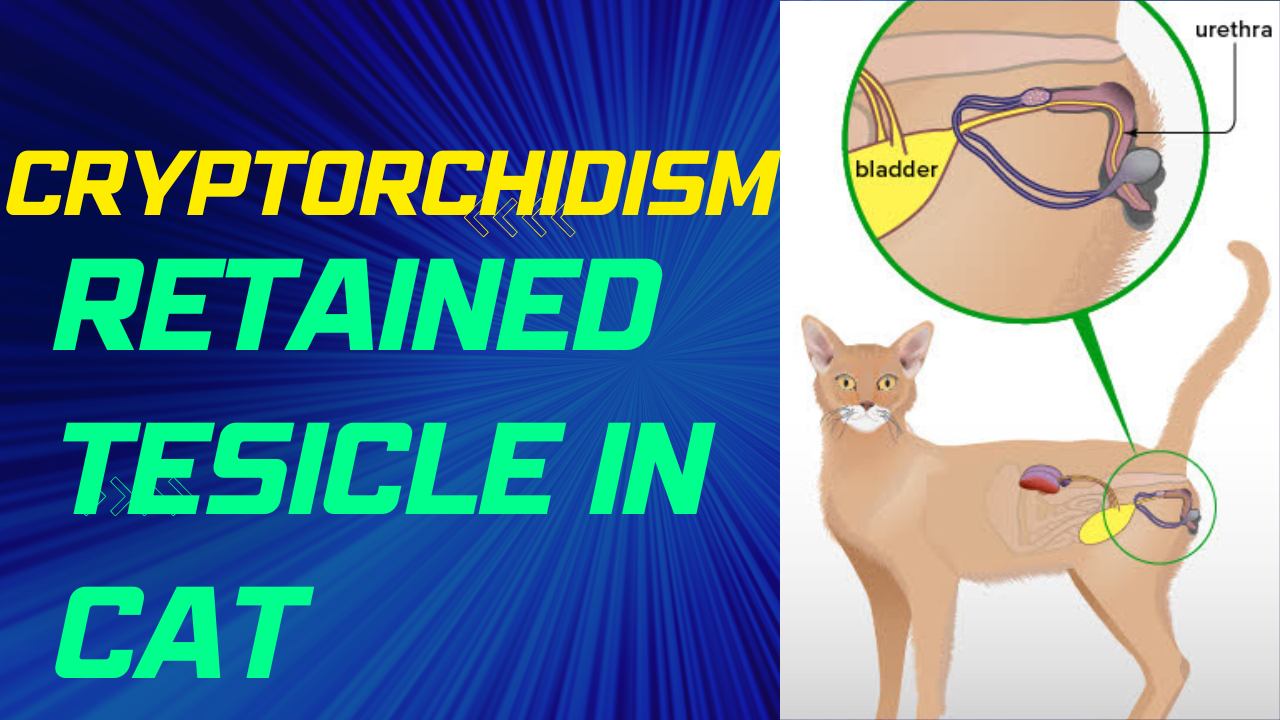Cryptorchidism
Cryptorchidism is a condition where one or both testicles fail to descend into the scrotum, resulting in a retained testicle. This condition is seen in both cats and dogs, but it is more common in cats.
Location of testicle if not in Sacrotum:
In normal male cats, the testicles descend from the abdomen into the scrotum during fetal development or within the first few weeks of life. If one or both testicles do not descend into the scrotum, they can remain in the abdomen or groin area. Retained testicles can cause a number of health problems, including an increased risk of testicular cancer, infertility, and other hormonal imbalances.
Obvious Signs and Behaviour:
Cats with cryptorchidism may not show any obvious symptoms, but they may have a smaller or asymmetrical scrotum, or the testicles may be palpable in the abdomen or groin area. A veterinarian can diagnose cryptorchidism through physical examination, and imaging studies may be needed to locate the retained testicle(s).
Treatment:
Treatment for cryptorchidism in cats typically involves surgical removal of the retained testicle(s). The surgery is performed under general anesthesia and involves a longer incision than a routine neuter procedure to locate and remove the retained testicle(s). In some cases, both testicles may be retained, and both will need to be removed.
It is important to note that cryptorchidism is a hereditary condition, and cats with this condition should not be used for breeding. Additionally, early neutering is recommended for all male cats, including those with normal testicular descent, to prevent health problems such as testicular cancer and aggression.




